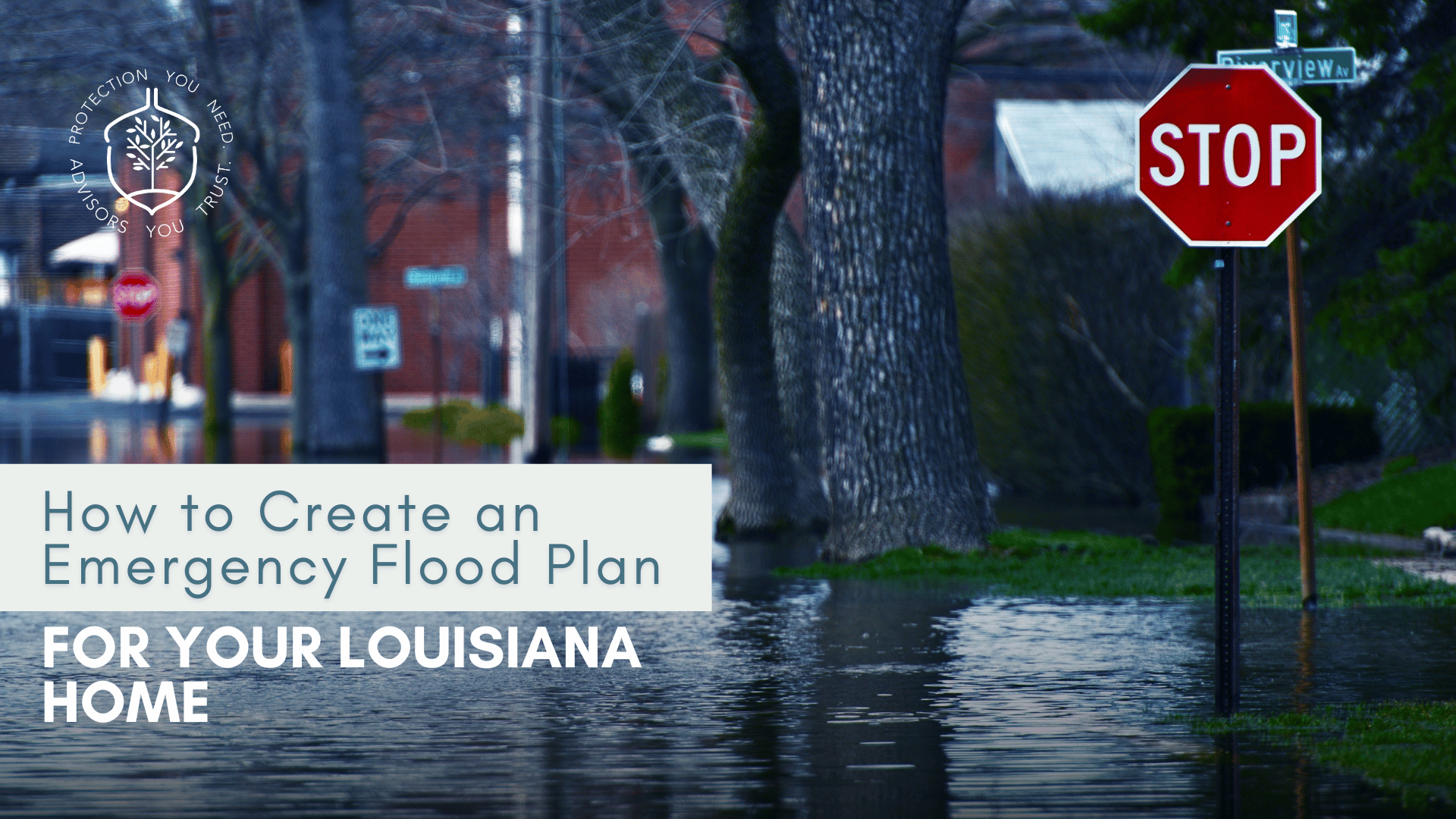Living in Louisiana means dealing with flood risks. Our state’s geography makes us prone to rising waters from hurricanes, heavy rains, and overflowing rivers. Many Louisiana homes face these risks each year.
An emergency flood plan is important for protecting your home and family. It’s a roadmap that guides you and your family through the chaos of a flood event, helping you protect your home, safeguard your valuables, and most importantly, keep everyone safe.
This blog will break down the essentials of creating an effective flood plan for your Louisiana home.
Creating Your Louisiana Emergency Flood Plan
Here’s how to create a solid flood plan that’ll protect your home and family.
Secure Flood Insurance
Standard homeowners insurance doesn’t cover flood damage. In Louisiana, where flooding is common, a separate flood insurance policy is essential.
The National Flood Insurance Program (NFIP) offers coverage, but remember there’s typically a 30-day waiting period before it takes effect.
Read Also: Do I Need Flood Insurance in Louisiana?
Assess Your Property
Conduct a thorough inspection of your home. Look for potential entry points for water, like cracks in the foundation or gaps around windows and doors.
Consider installing backflow valves on sewer and septic tank lines to prevent sewage from backing up into your home during a flood.
Prepare Your Emergency Kit
Your kit should sustain your family for at least 72 hours. Include:
- One gallon of water per person per day
- Non-perishable food and a manual can opener
- Battery-powered or hand-crank radio and a NOAA Weather Radio
- Flashlights and extra batteries
- First aid kit and whistle to signal for help
- Prescription medications and glasses
- Important documents (insurance policies, IDs, bank records) in a waterproof container
- Cash and change
- Sleeping bags or warm blankets
- Change of clothes and sturdy shoes
- Personal hygiene items
- Paper and pencil
For Louisiana homes with attics, store an axe and flashlight there as a last-resort escape option.
Understand Flood Levels
Check FEMA’s flood maps for your area to understand potential water levels. Store emergency supplies and valuable items above this level.
Protect Valuables
Create a home inventory with photos for insurance purposes. Store irreplaceable items in watertight containers or move them to the upper floors. For large items that can’t be moved, consider using waterproof covers.
Develop an Evacuation Strategy
Identify several evacuation routes from your home to higher ground. Choose a meeting place for your family and an out-of-area contact person.
Document Your Plan
Write down your flood plan, including:
- Insurance policy numbers and agent contact information
- Location of emergency supplies
- Evacuation routes and meeting points
- Important medical information for family members
- Care plans for pets
Review and update your plan annually or after any major life changes.
Read Also: How Does a Flood Insurance Policy Work?
Having a solid flood plan is essential for every Louisiana homeowner. Don’t wait for the next storm warning to get started. The best time to make your flood plan is right now.
Need help with flood insurance? Our local insurance agency specializes in Louisiana’s unique flood risks. We offer free consultations to help you understand your coverage options and ensure your home is properly protected.
We have offices in Lafayette, Abbeville, Franklin, Lutcher, and Baton Rouge. Our experts at each location are knowledgeable about local flood zones and insurance requirements. Contact one of our offices to schedule your free consultation today!


Recent Comments